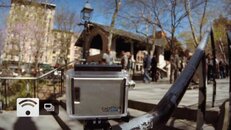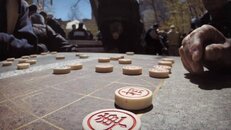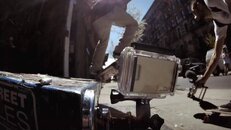For those with more time behind the camera (I've only had my Pro2 for a week), is there any difference between frame size / modes, and up close focus?
In wide mode and 720p60, I find the closest I can get and stay in focus is about 6 before the video starts to get blurry... Do different modes provide a closer focus?
I hear Backscatter is coming out with a threaded macro lens, which would be sweeeeeet.
Anyone play with closer than ~6" focus ability?
In wide mode and 720p60, I find the closest I can get and stay in focus is about 6 before the video starts to get blurry... Do different modes provide a closer focus?
I hear Backscatter is coming out with a threaded macro lens, which would be sweeeeeet.
Anyone play with closer than ~6" focus ability?






